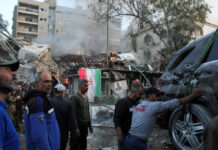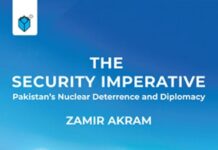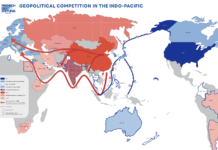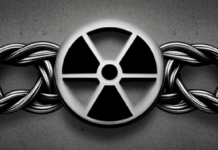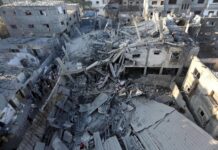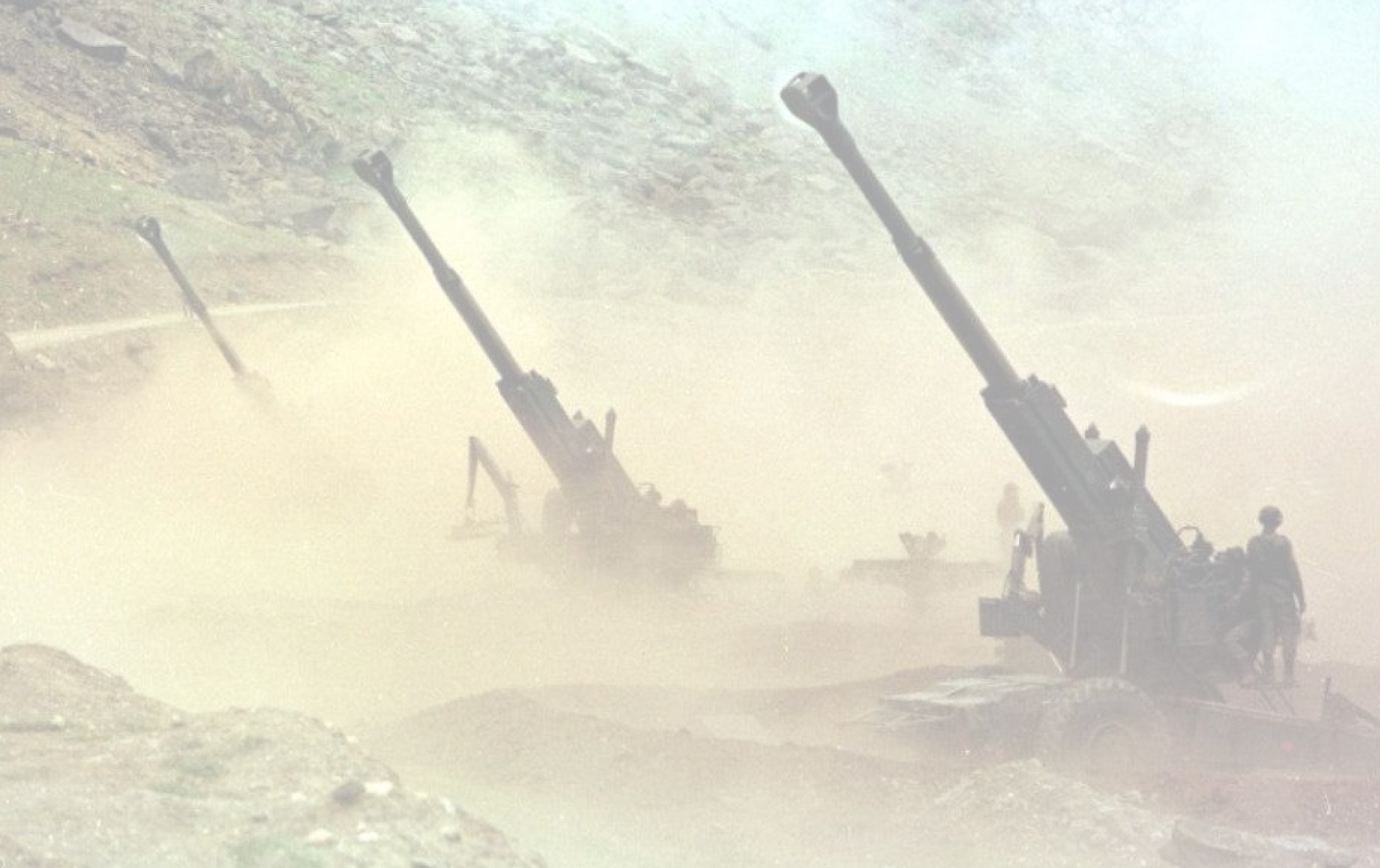Rizwan Zeb
In his paper documenting US’ diplomacy during the Kargil conflict, Bruce Riedel claimed that the Americans had reports that Pakistan was preparing its nuclear missiles for a possible use against India during the Kargil conflict. Almost 15 years later while writing an obituary of Sandy Berger, former National Security Advisor to President Clinton, Riedel once again reiterated his claim that Islamabad was planning to deploy nuclear weapons against India during the Kargil conflict. In this, he claimed that the CIA in its 4th July 1999 top secret daily brief reported that Pakistan was preparing its nuclear weapons for deployment and possible use. Calling it Beger’s finest hour, Reidel reported that it was Berger who urged Clinton to be firm and ensure that the Pakistanis withdrew and end what they started. Although Bruce Riedel’s paper is the main source for this allegation, he is not the only one who believes Kargil was a nuclear conflict. Kargil conflict is generally believed to be a nuclear conflict and is bracketed with the Cuban Missile Crisis when the world came close to a nuclear war. And it is considered the only incident since the 1969 Sino-Soviet border clash when a two nuclear states fought each other.
A number of experts hold the view that during the height of hostilities, the threat of escalation to the nuclear level was real. Analysts like Paul Kapur go to the extent of claiming that Pakistan started the Kargil conflict knowing that New Delhi’s options would be limited due to the threat of Pakistan’s newly-acquired nuclear capability. This is corroborated by a reported conversation that took place between the then Indian Army Chief and the Prime Minister. Responding to the suggestion that India might have to consider opening another front, the Indian PM responded “but General Sahib, they have a nuclear bomb!”
Kargil is considered a “staircase crisis”. According to the literature, a staircase nuclear crisis is the one in which the incentives for first nuclear use exist yet at the same time, the level of escalation is relatively controllable by the leadership. The Kargil conflict (May and July 1999) was limited in space, yet it lasted longer than any other war India and Pakistan have fought. It resulted in approximately 1700 deaths on both sides. New Delhi held the view that Islamabad waged this due to its assessment that the Indian Army is exhausted and fatigued with low moral due to its extensive and long engagement in the Indian controlled Kashmir. Islamabad on the other hand according to one view believed it was a preemptive operation to the possible Indian operation in the Shaqma sector with the objective of weakening Pakistan’s ability to effectively interdict the Dras-Kargil road. Nasim Zehra in her magnum opus links this operation with the larger Kashmir problem and the Siachen conflict (Operation Meghdoot) of 1984. Therefore, according to this reasoning, the Kargil conflict falls under similar “nibbling” operations that had acquired some legitimacy over the years.
Earlier reports about the presence of intruders on the Indian positions started
to appear in the first week of May 1999. If entrenched firmly, Pakistani forces could have been in a position to target National Highway-1 (NH-1), India’s main supply route to Siachen. After repeated attempts to evict the intruders, India not only deployed a massive number of ground troops but also started using its air force to evict the freedom fighters. In the last week of May, the Pakistanis shot down two Indian fighter aircraft and a helicopter as they crossed the LoC and entered the Pakistani side. Later, at the height of the Kargil conflict, Pakistan’s Foreign Secretary warned that, “We will not hesitate to use any weapon in our arsenal to defend our territorial integrity.” India reacting on this statement placed its nuclear weapons on “Readiness State 3,” implying that assembled warheads were readied to be mated to delivery vehicles.
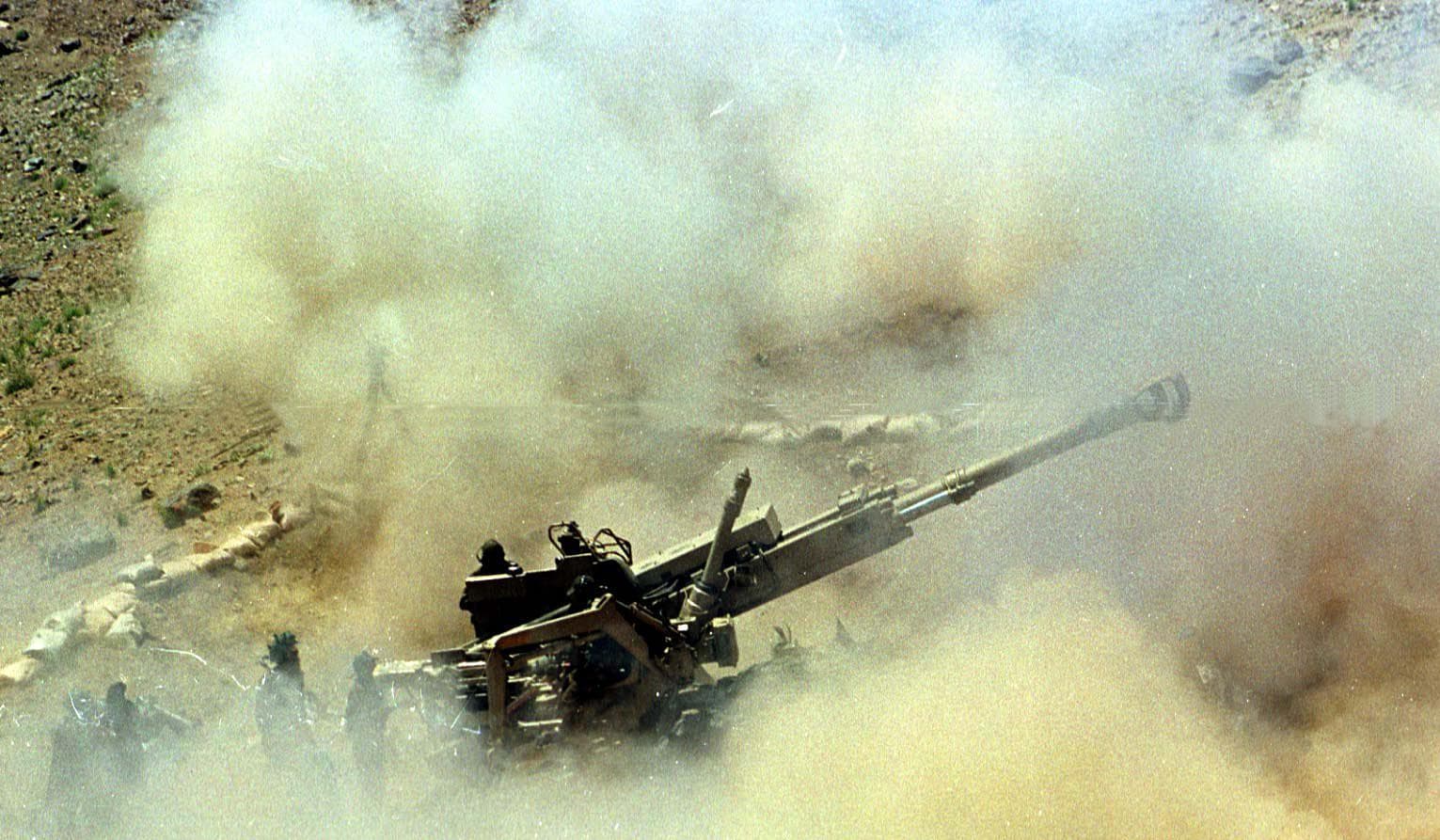
On July 4, 1999, the then Pakistani Prime Minister Nawaz Sharif and his key advisors went to Washington for an intensive one-day meeting with President Clinton and his staff. This meeting has been well-documented by Bruce Reidel, the NSC staffer responsible for South Asia. During this meeting Prime Minister Nawaz Sharif agreed to withdraw Pakistani troops. This ended the active conflict.
What exactly happened? Was it an operation that was planned post nuclearization? Did
the planners factor in the nuclear angle in their planning? It has been long established
that Operation Koh Paima was an old operation that was twice presented to high command and rejected owing to it being too risky. In 1999, General Pervez Musharraf, Lt. Gen Aziz, Lt. Gen Mehmood and Maj. Gen Javed Hasan decided to go ahead with this old plan. There is no evidence available that nuclear weapons played any role in the planning of the conflict. This scribe believes that the personality of then COAS General Musharraf was the decisive factor in the launching of this operation and not the nuclear weapons. Why? According to a number of sources, he was convinced that it would work and was advocating to go for it for a long time. It has been rightly pointed out by Moeed Yusuf that he and his fellow generals “didn’t think much about nuclear weapons at all in the run-up to Kargil,” and that they continued operating or behaving “as if they lived in a pre-nuclear, conventional world.”
If that was the case and it indeed was as argued here, the next logical question then is why India kept it non-nuclear and did not open another front in response to Pakistani operation in Kargil as it did in 1965 in response to Operation Gibraltar? An easy answer: Pakistan’s nuclear weapons! Easy as it may be, it raises a number of questions about Pakistan’s nuclear weapons. Prime amongst them was the following: What was the level of readiness and operationalization of Pakistan’s nuclear weapons when the Kargil operation started? General Musharraf in his memoir has already stated that in 1999, Pakistan’s nuclear weapons were not operationalized.
To conclude, taking Kargil as a nuclear conflict raises more questions than answers. Only because it took place one-year post Indo-Pakistan nuclearization does not make it a nuclear conflict. There is a need to reexamine this and such cases and see what criteria should be developed to classify a conflict as nuclear.
Dr. Rizwan Zeb is an Associate Professor & Chair, Department of Social Sciences, Iqra University Islamabad.


